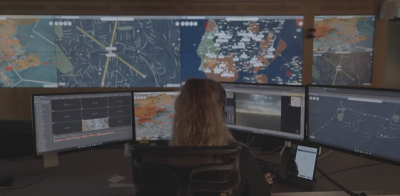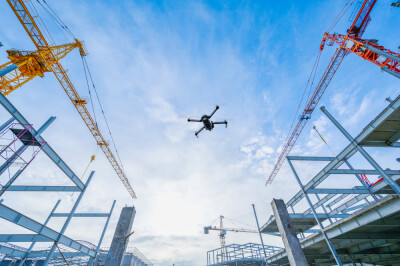As the fastest growing and only US organization focused on public safety UAS programs, DroneResponders recently surpassed 600 member-agencies, and announced the new Fall 2019 public safety UAS research survey.
In just four months, the organization launched the Technical Experts Program (TEP) with 50 technical experts, partnered with the Commercial Drone Alliance, and is now “over 600 members with participants from 26 countries,” DroneResponders Director Charles Werner told Commercial UAV News.“Additionally, the DroneResponders website has over 300 public safety documents (SOPs, best practices, lessons learned, Program guides, task books, checklists & more. Our Technical Expert Program has [now] over 100 members from public safety, government, academia, NGOs and industry who will support the Discussion Forum (soon to launch) and be a resource to public safety UAS programs. There is also a Government Liaison Program to incorporate participants from federal agencies.”Available now through September 15, the organization’s new survey will collect data from emergency management, fire response, law enforcement, and other organizations utilizing drones for public safety missions to explore current practices and marketplace perceptions surrounding public safety agency drone operations amid explosive growth. All organizations with public safety UAS program are invited to participate. The results will be released soon after the survey data has been processed and analyzed.Launched in April 2019, the DroneResponders organization is a non-profit program addressing the full public safety UAS ecosystem which includes enabling drones for good, countering drones for bad and universal air traffic management.“After traveling around the country and listening to various leaders and numerous programs, there are still gaps in standardized training and the ability to share with and between public safety UAS programs. DroneResponders is in place to explore ways for public safety, government, academia, NGOs, and industry to coordinate, communicate and collaborate across the spectrum. Based on my personal research, I would estimate there are between two and three thousand public safety UAS programs in the U.S. and they are at varying stages of maturity; each of which have their own unique needs,” Werner said.“And more importantly, there is a need to have ongoing regional and national planning sessions to strategically and collectively move public safety UAS programs forward with a direction and purpose. DroneResponders has goals of being inclusive and diverse. Diversity in the areas of expertise, geographic representation, multi-public safety disciplines and last but not least gender/race.”For the future, the organization will continue to release similar surveys to establish baselines, better understand the public safety UAS environment and measure progress. Werner adds they “will work on facilitating a minimum standard for public safety remote pilots which will address initial training, tasks, proficiency and recurrent training. Hopefully, this will lead to certifications. DroneResponders will also be hosting training & strategic planning conferences.”Subscribe
The information you submit will be stored and used to communicate with you about your interest in Commercial UAV News. To understand more about how we use and store information, please refer to our privacy policy.
September 4, 2019
DroneResponders Seeks to Define How Drones Can Be Utilized for Public Safety Missions
















Comments